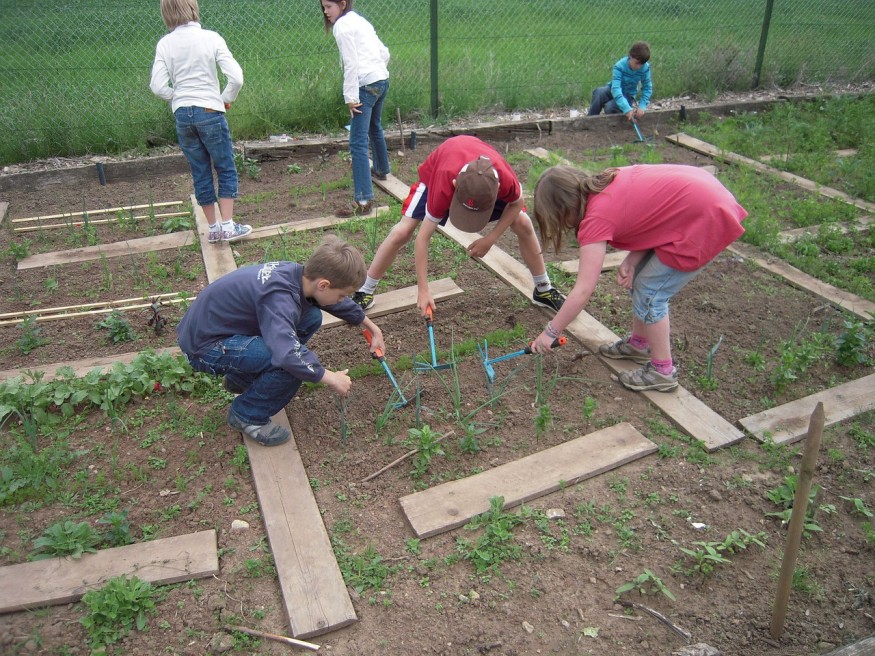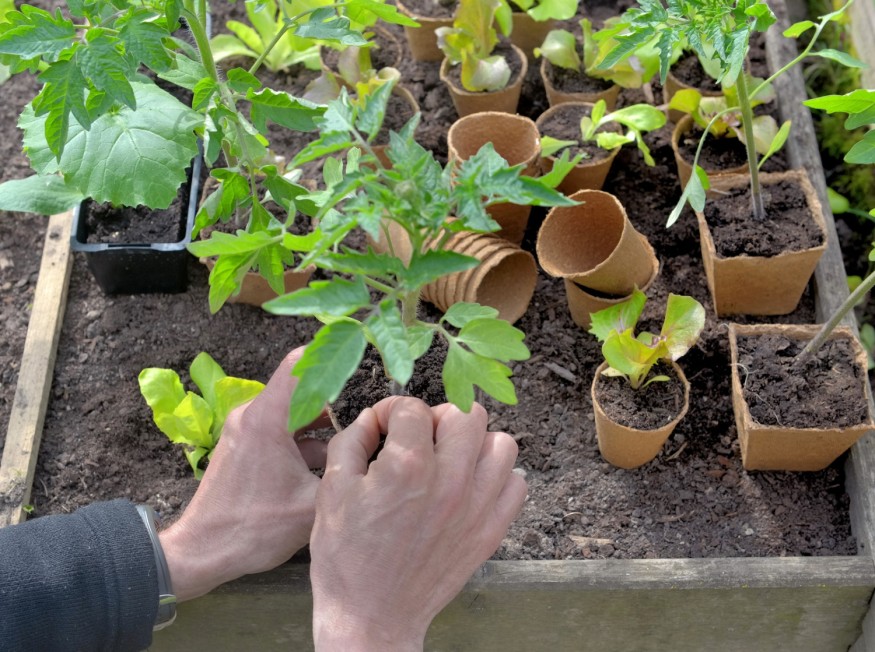According to new research, urban green space is critical for preventing premature death. A study showed that moving to a greener location may reduce one's chance of getting cardiovascular disease (CVD).

CVD in Greener Neighborhood
Researchers in Miami discovered that persons who lived in a greener neighborhood had a 16 percent reduced chance of getting CVD than those who lived in regions with less green space throughout a five-year study period.
Furthermore, increasing the amount of vegetation in a given area was linked to reducing CVD risk over time.
Cardiovascular illnesses are the leading cause of mortality worldwide, claiming the lives of an estimated 17.9 million people each year.
Greenness
Greenness, according to scientists, not only leads to cleaner air being taken in, but it also makes individuals less stressed, making them less likely to get CVD.
The Greener the Better

'Higher levels of greenness were related with reduced incidence of heart problems and stroke over time, both when a region maintained high greenness and when greenness grew,' stated University of Miami researcher Dr. William Aitken.
'It was amazing that these connections formed in just five years, which is a pretty short time for a beneficial environmental impact.'
Dr. Aitken emphasized the significance of municipal governments planting trees and shrubs to improve public health.
'Tree planting and neighborhood greening has numerous advantages and is a relatively low-cost investment to improve health and well-being in many situations,' he added.
'Trees might be planted in a neighborhood with 100 inhabitants for the cost of one emergency department visit for a heart attack, possibly preventing ten heart illnesses in this group.'
Analyzing Medicare Data
The researchers analyzed data from 243,558 US Medicare enrollees aged 65 and older who resided in the same Miami neighborhood from 2011 to 2016.
During the five-year research period, the researchers utilized Medicare records to determine the incidence of new CVD diseases such as heart attack, atrial fibrillation, heart failure, ischemic heart disease, hypertension, and stroke/transient ischaemic attack.
City blocks were then categorized as low, medium, or high in terms of their greenness. At the start of the research period in 2011, participants were divided into three groups based on whether they resided in low, medium, or high greenness blocks.
In 2016, the same residents and the greenness of their blocks were subjected to the same procedure.
Health Importance of Green Spaces

The World Health Organization (WHO) wants to emphasize the value of green space in public health and well-being.
Parks, sports fields, woodlands, lakeshores, and gardens are examples of urban green areas that provide opportunities for physical exercise, relaxation, tranquility, and a respite from the heat. In addition, several studies have demonstrated that these places help decrease stress and improve mental and physical health.
Green areas are also linked to improved air quality, lower traffic noise, cooler temperatures, and more variety.
Furthermore, according to current estimates, a lack of physical exercise is responsible for about 3.3 percent of global fatalities, primarily due to poor walkability and restricted access to recreational places.
For more news about Environmental Action, don't forget to follow Nature World News!
© 2025 NatureWorldNews.com All rights reserved. Do not reproduce without permission.





